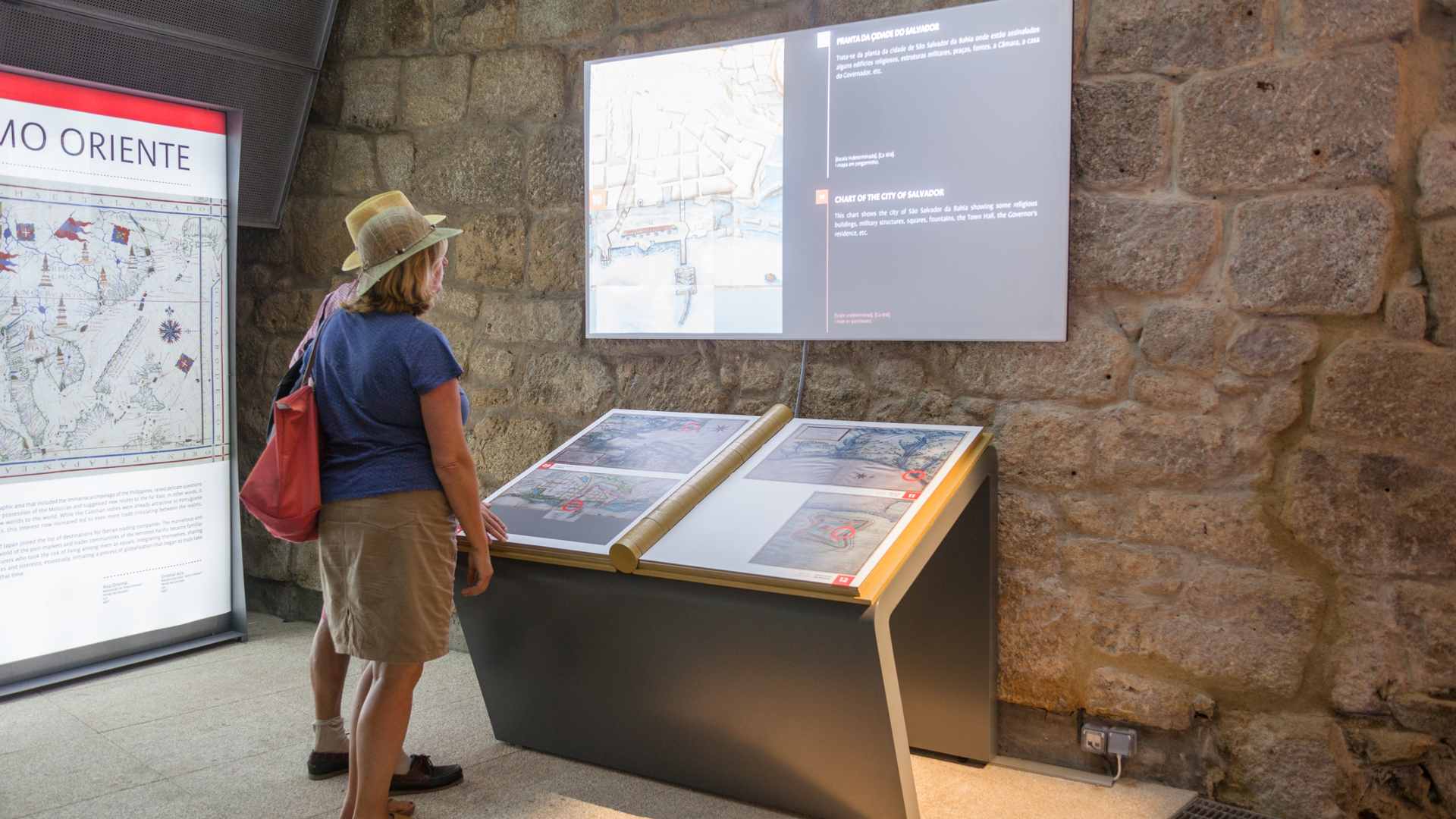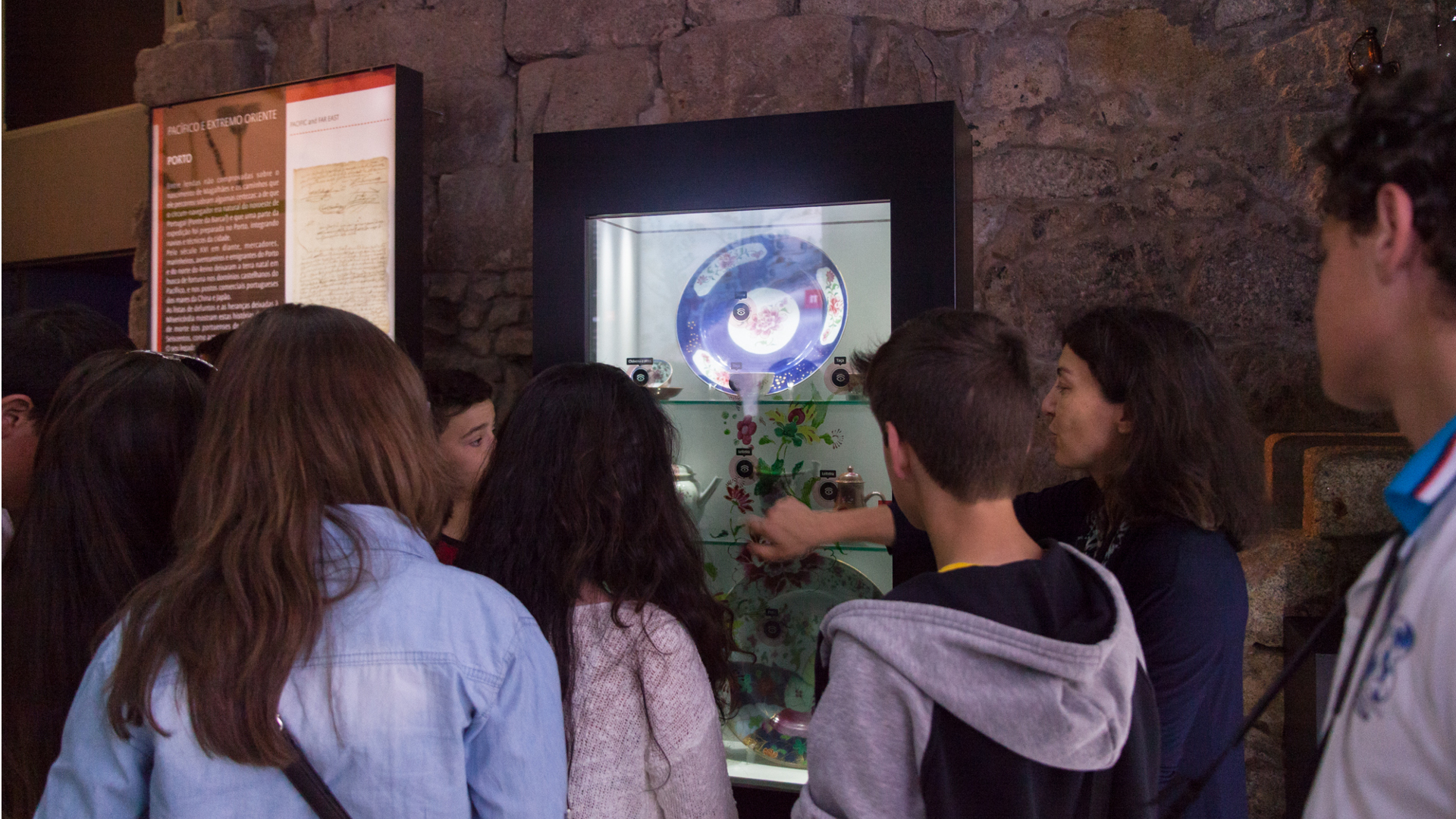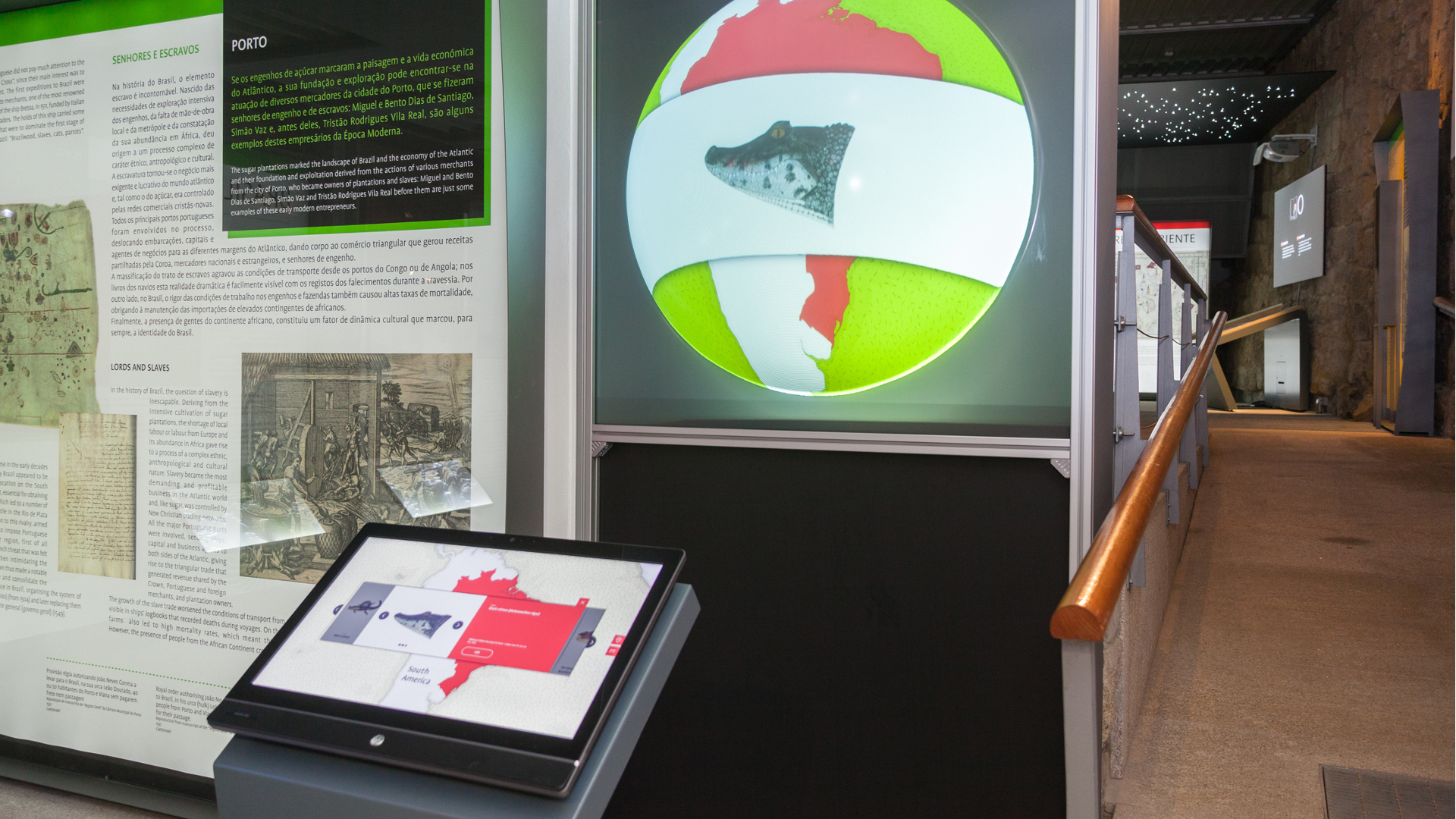Article
Digital displays bring Prince Henry to life
A Portuguese digital signage and experiential environment company had a challenge when it was asked to create a series of digital artifacts for a new permanent exhibition dedicated to the life of Prince Henry the Navigator of Portugal. How do you present the life of a famous explorer who died centuries ago in a modern, digital format?

August 12, 2016 by Travis Wagoner — Editor, Networld Media Group
A digital signage and experiential environment company had a challenge when a Portugal-based museum, Caso do Infante, tasked it with creating a digital exhibition dedicated to the life of Prince Henry the Navigator of Portugal. Presenting the life of a famous explorer, who died centuries ago, in a modern, digital format wasn't easy, but EDIGMA, a digital signage provider, was up for the challenge.
The EDIGMA team, which has a long history of working with museums and cultural institutions, set out to create a series of digital artifacts to create the exhibition, said Ela Cruz, general manager of EDIGMA, who was responsible for the successful development of all interactive artifacts supporting the "House of Prince" exhibition.
"The feedback we received was that the innovative interactive artifact has been playing a crucial role in the relation between visitors and the museum by enriching visitor experience," Cruz said.
History meets technology
To showcase how Henry was an important figure in 15th-century Portuguese politics and in the early days of the Portuguese Empire, Cruz and his team developed three parts to the exhibit, including the:
- Augmented Book;
- Interactive Showcase; and
- Digital Globe
The exhibit aimed to introduce the infant figure in the context of the Portuguese Discoveries through an innovative narrative that highlights Porto as an open and cosmopolitan city, a spokesperson for the Department of Culture and the Porto Municipality, which oversees the House of Prince, said in an email.
"Located in the old part of town, a territory which is a World Heritage site listed by UNESCO and attracts more and more visitors, this new museum is another clear example of the social and cultural intersections that the city of Porto is aiming to enable and create," he said.
Augmented Book

This book combines the traditional paper book and enhances its possibilities using digital technology. When museum visitors interact with the large-format book, they find additional information embedded on the pages. When activated, this information is projected on the wall resulting in an augmented experience.
Interactive Showcase
The Interactive Showcase is a transparent and interactive digital display on which visitors may touch the glass to discover additional information about the presented objects.

Digital Globe
 A digital directory combines a multi-touch LCD screen with a semi-spherical display. Users can access and display information relating to the animals and plants documented by Portuguese navigators in India and Brazil.
A digital directory combines a multi-touch LCD screen with a semi-spherical display. Users can access and display information relating to the animals and plants documented by Portuguese navigators in India and Brazil.
The result
Visitors were impressed with the "House of Prince" exhibit, said Cruz.
"The museum staff has also pointed that the interactive installations are very popular with younger audiences and help retain their attention and entice their curiosity during school visits," he said.
The exhibit earned the Best Multimedia and Management Application by the Portuguese Association of Museology under the APOM Awards 2016.
"There was, from the start, concern in addressing the historical content in an innovative way, by creating a dialectic between history and modernity, allowing not only the interpretation of the past, but also the perception of the present about the past," according to the Department of Culture spokesperson. "The various innovative interactive devices, created by EDIGMA and placed along the exhibition route, play a crucial role in the relationship that is established between this space and the visitors, the enriching experience they provide, enhancing autonomy and participation would not be possible with traditional media and communication supports."
About Travis Wagoner
Travis Wagoner spent nearly 18 years in education as an alumni relations and communications director, coordinating numerous annual events and writing, editing and producing a quarterly, 72-plus-page magazine. Travis also was a ghostwriter for an insurance firm, writing about the Affordable Care Act. He holds a BA degree in communications/public relations from Xavier University.


